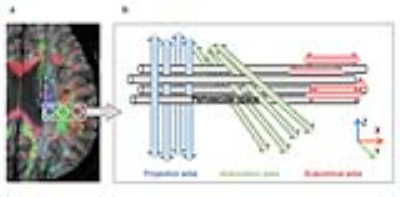Joint Annual Meeting ISMRM-ESMRMB • 16-21 June 2018 • Paris, France

| Educational Course What You Need to Know about Neuroinflammation & the Glymphatic System |
||||||||||||||||||
|
What You Need to Know About Neuroinflammation & the Glymphatic System
Weekday Course ORGANIZERS: Pia Maly Sundgren, Kei Yamada
Thursday, 21 June 2018
Skill Level: Intermediate
Session Number: Th-02
Overview Neuroinflammation and glymphatic system are one of the emerging topics in the field of neuroradiology. Neuroinflammation can be caused by various conditions, including HIV infection and vascular diseases. The glymphatic system is known as a functional waste clearance pathway for the vertebrate CNS, and impairment of this system has correlations with diseases such as Alzheimer's disease. Target Audience Clinicians and physicists who are not familiar with these new concepts in the field of neuropathology. Educational Objectives As a result of attending this course, participants should be able to: -Describe the pathophysiology behind neuroinflammation; -Discuss the mechanism of the glymphatic system; and -Describe the pathology induced by an impaired glymphatic system.
|
||||||||||||||||||
| Back | ||||||||||||||||||
| The International Society for Magnetic Resonance in Medicine is accredited by the Accreditation Council for Continuing Medical Education to provide continuing medical education for physicians. |

